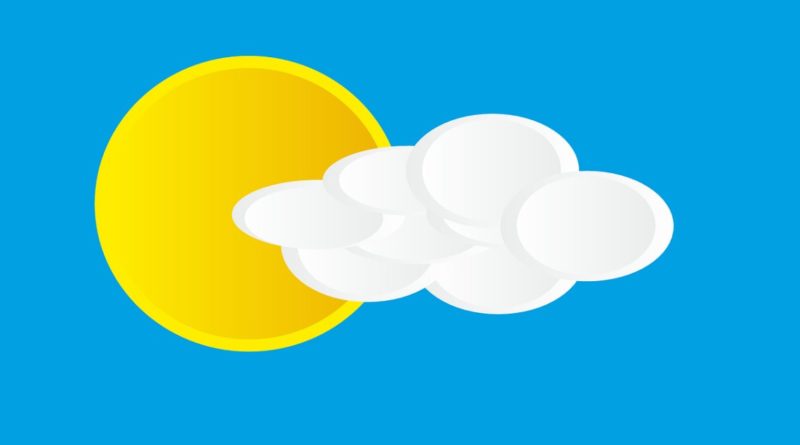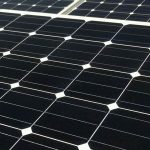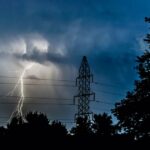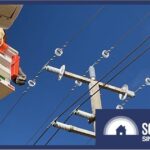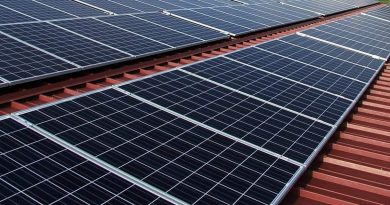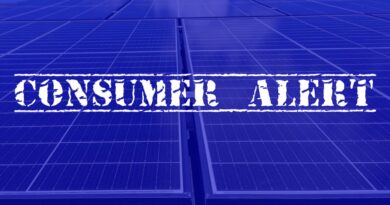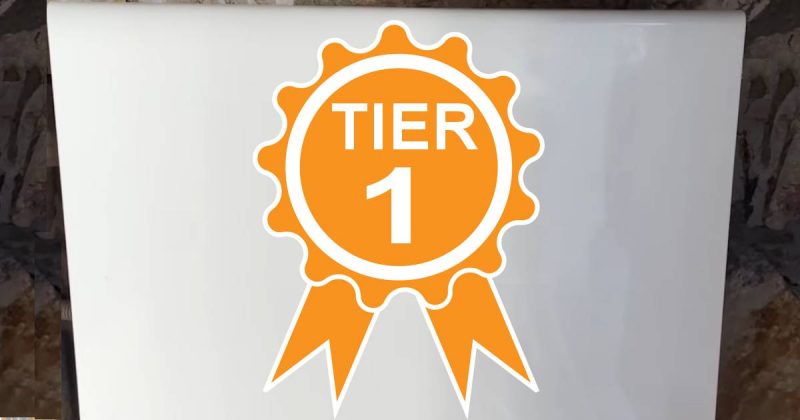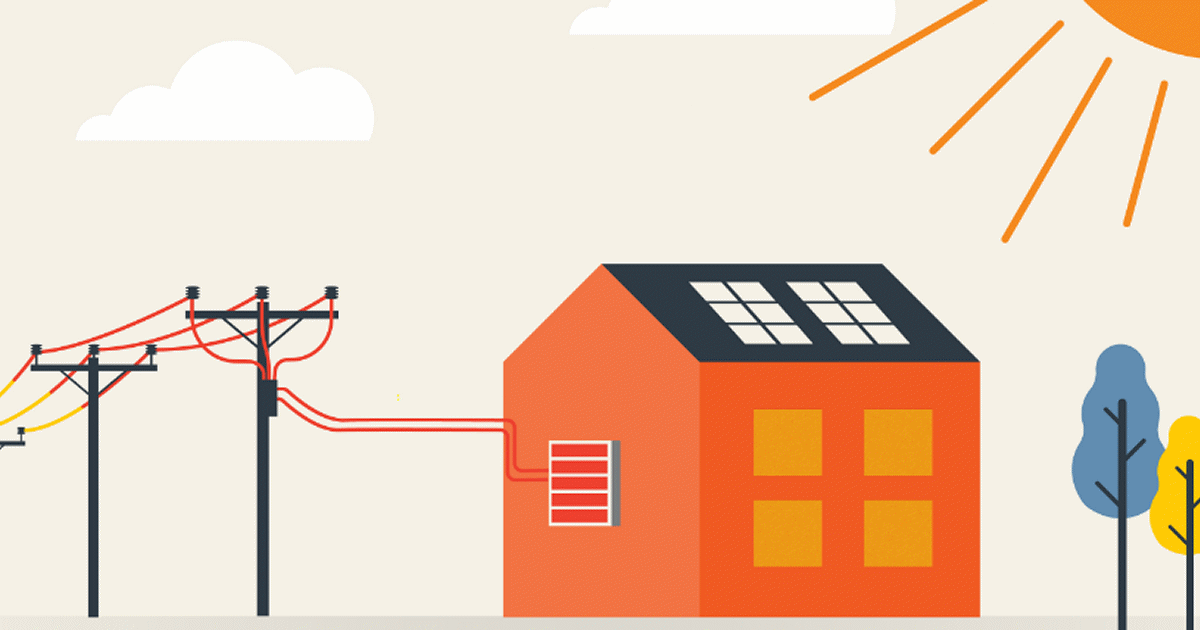BS Called On Queensland “Sun Tax” Scare
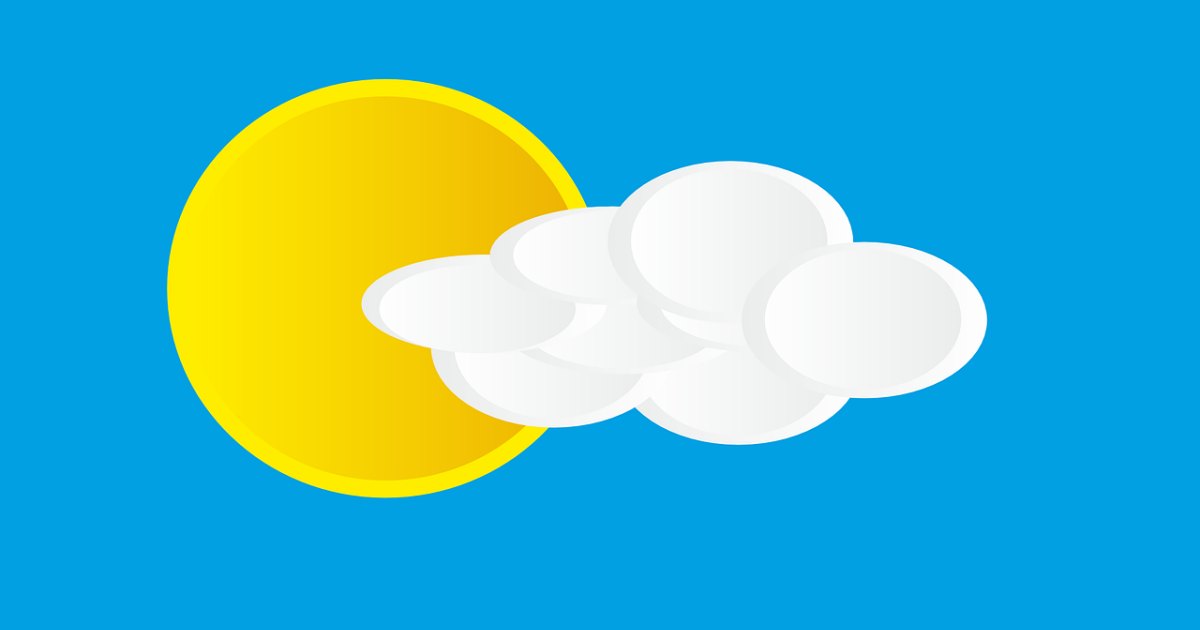

An article claiming a “sun tax” looms for solar power system owners in Queensland had the interwebs abuzz yesterday; well, a corner of it.
The paywalled article in a News Corp publication claimed solar owners are being urged to install battery systems ahead of this so-called sun tax that will see them charged for exporting surplus electricity when there is low demand for it. It certainly created a stir, with hundreds of comments by late yesterday afternoon. If you just read the headline and the first couple of paragraphs, a reader could be left with the impression this was just around the corner.
It isn’t, but let’s rewind things a bit first.
Australia’s electricity grid was originally designed for one-way electricity flows – into premises, not out from them. As more households and businesses across the country install solar power systems, electricity flowing back into the grid is increasing at a fairly rapid clip. System owners are (generally) paid for this electricity through feed-in tariffs.
But in parts of some electricity networks there can be very high levels of solar energy goodness flowing back into the grid at certain times of the day, making maintaining grid stability more challenging.
“Two-Way” Pricing Signals
One of the approaches to address the situation first proposed some years ago is the provision of two-way pricing signals to solar power system owners. These signals would encourage boosting self-consumption (which is the financially smart thing to do anyway) during times when there is risk of too much locally-generated solar electricity in the grid and not enough demand, but also to provide better rewards for exporting energy to the grid when it is needed.
Some focused solely on the take rather than the give, and screams of “SUN TAX!” soon reverberated around the nation.
Distributed Network Service Providers (DNSPs) in the National Electricity Market (NEM) had previously been banned from implementing surcharges on exports. Changes made by the Australian Energy Market Commission (AEMC) to National Electricity Rules and National Energy Retail Rules last year made them possible.
The Australian Energy Regulator (AER) was then given the job of developing draft Export Tariff Guidelines for two-way pricing that would cover a bunch of issues, including protections for solar owners. Feedback on the draft guidelines closed in March this year, and the final Export Tariff Guidelines were published in May.
Among the important points in the explanatory statement:
- Just because two-way pricing will be permitted, it doesn’t mean system owners will be charged to export solar electricity at all times, or at all.
- A basic export level where no charges can be applied must exist.
- Two way pricing, where it is implemented, must be carrot and stick, not just stick.
- The AER will not approve two-way pricing options unless a distributor can justify them in its particular circumstances. For example, if not taking action would result in the need for expensive network upgrades to support extra solar exports, the cost of which would otherwise be recovered via higher electricity bills for all.
- Two-way pricing proposals will need to be developed through genuine engagement with consumers.
- The earliest date two-way pricing cay be introduced in Queensland is July 1, 2025. This was briefly mentioned in the News Corp article, around two-thirds of the way down.
At this point, neither Energex or Ergon have submitted proposals for export tariffs, and the Queensland Government has previously signalled it is opposed to them.
Feed-In Tariffs Heading Up, Not Down
As well as the spectre of this so-called “sun tax” invoked in the article yesterday, LNP energy spokesman Pat Weir was quoted as saying solar owners are concerned feed-in tariffs are dropping.
But they aren’t dropping at the moment and a couple of weeks ago it was announced feed in tariffs in regional Queensland would be boosted 41% from July.
In South-East Queensland, electricity retailers aren’t compelled to pay anything for electricity solar households export to the grid, but in most cases they do. Comparing the rates in January to what they are currently, they’ve generally remained stable and chances are good they will increase given rising wholesale electricity prices.
When sanity finally prevails in the electricity market and wholesale prices start to drop again, feed-in tariffs will follow suit. That’s just how things work and this is not new.
For some years now the real value in installing solar panels – and there is plenty of it – has been in maximising self-consumption. Feed-in tariffs were originally set high regardless of wholesale pricing to encourage solar power system uptake when systems were significantly more expensive than they are now; and that mission was accomplished.
Commenting on the News Corp report, Minister for Energy, Renewables and Hydrogen Minister Mick de Brenni said:
“The Opposition Leader should apologise for scaremongering at a time when Queenslanders should be encouraged to install rooftop solar.”
The nature of the “sun tax” scare piece may have boosted enquiries about solar batteries – which is good for those selling them – but it also created a lot of unnecessary confusion and angst at a time when there is more than enough of both to go around.
Original Source: https://www.solarquotes.com.au/blog/queensland-sun-tax-mb2516/

